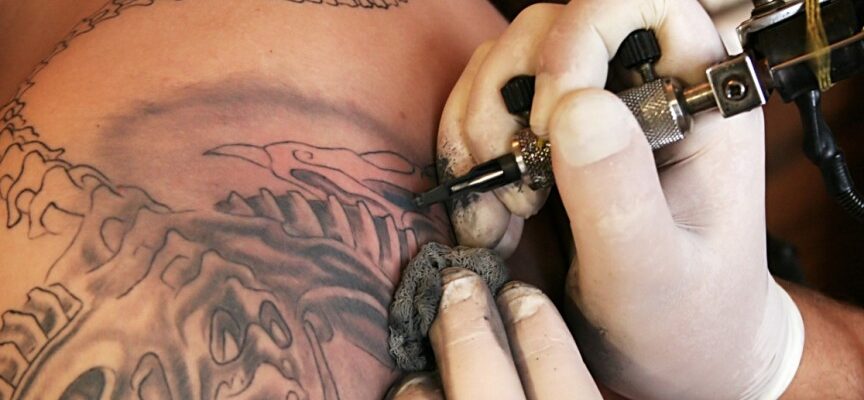If we were to go back to the first person on record who drew portraits on his own skin, we would have to talk about Ötzi, the Iceman, the oldest mummy of European ancestors, who lived during the Copper Age at approximately 46 years old. He was discovered by two German mountaineers in September 1991 in the Ötzal Alps (hence his name) and when he died he was not in the best of health. He had arthritis, Lyme disease and suffered from intestinal parasites. In addition, he had 68 tattoos only on his left wrist, two on his back, five on his right leg, and another two on his left. It has been speculated that they could have been performed at that time as a kind of acupuncture, or magical and healing function.
In Egypt, Greece And Rome
Although the first was obviously not the last, and the tattooed ancestors did not live solely in Europe. In Egypt, for example, the mummy of Amunet (priestess of the goddess of Hathor in the city of Thebes) is one of the most famous, and in it, there are points and lines drawn on her body, similar to those that Ötzi also wore. Egypt is where henna pigments come from, and it is believed that tattoos were used to prevent disease, as a magical element, and on women to demonstrate bravery or confirm maturity.
In Rome and Greece, these ideas were a bit lost and faded. For them, lettering tattoos served to indicate rank or social position, either to demonstrate military hierarchies, or to indicate ownership over a slave. During the government of Emperor Constantine, a decree against the activity was issued and, little by little, it began to fall into oblivion.
In the East
Currently, tattoos are very frowned upon in Japan, as they are related to the Yakuza (the country’s mafia). In 1000 BC, lettering tattoos were used as a way to mark criminals, although in the 18th century the idea changed, during the government of Emperor Meiji Tenno (or Mutsu Hito). It began to be considered a way of putting small works of art on the body, even though when it was opened to the West the practice was prohibited, so as not to give the impression of savagery to the world.
Its Cultural Meaning
For its part, in Polynesia geometric designs were made in the form of tattoos. The Maori used them to scare their enemies in battle, and in the Marquesas Islands, they had an erotic meaning (women had designs on their fingers and ears). On Easter Island, it was seen as cosmetic excellence for women, since it was believed that it preserved the skin without wrinkles. Each tattoo, depending on the part of the body in which it was made, had a name.
The Diverse Ways
In addition, creating tattoos were many and diverse:
- It could be sewn with a needle and thread that had gone through some coloring substance
- It could be done with cuts (something common in prisons)
- It could be done by scarification
- It was done by burning the skin with a red-hot iron
The first known tattooist in the West was Martin Hilderbrandt, an official tattooist on the sides of the American Civil War, although the first tattoo machine was invented in 1891, by Samuel O’Reilly.
Conclusion
In the 1960s, thanks in part to the ‘hippies,’ the tattoo began to ‘democratize’ again. The micro pigmentation technique became the dominant one, thanks to the improvement of the material and the creation of inks made from iron oxide in the suspension of alcohol and glycerol. Nowadays, they are so common that there is even an erotic affiliation for tattooed people. There are people who will do lettering tattoos with their partners’ names on their bodies. Tattoos will always be around as it is a way for people to express themselves and as a way for tattoo artists to highlight their work and talent.


